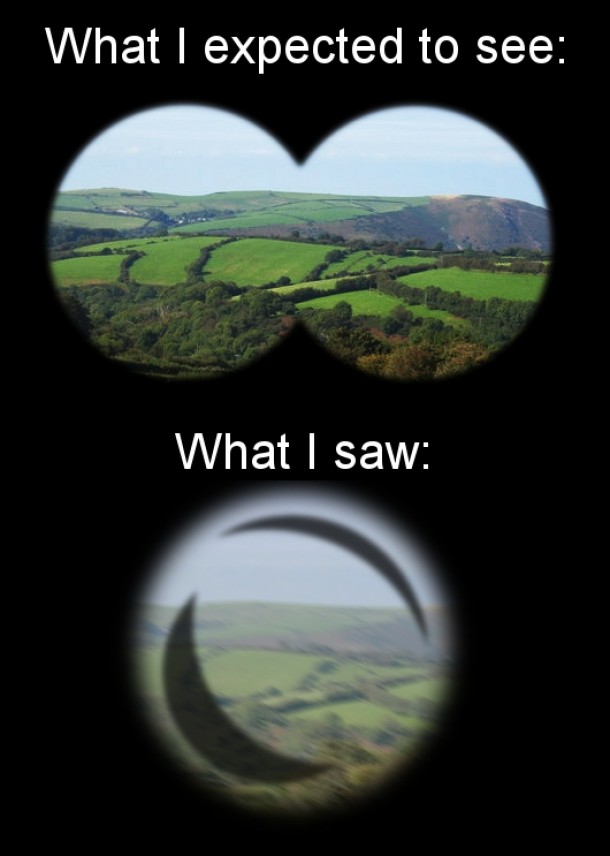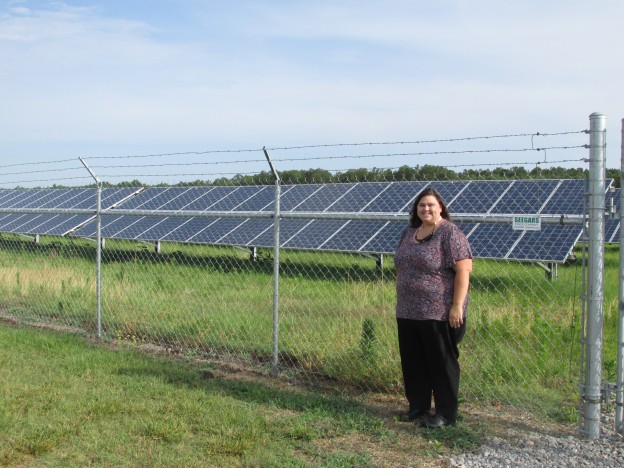One of the ‘big questions’ that seem to be resurfacing A LOT lately is : “what exactly are the goals of the project and how will this be used in the classroom?”

A little adjustment goes a long way… it also helps to keep both eyes open!
The picture above describes perfectly the result of some initiatives and professional development that I’ve participated in. My KFP experience has been the opposite– it is becoming more and more clear what educators need to do to send out students who are ready to positively contribute to society. The ultimate goal of any professional development is to equip the teacher to make a bigger impact on the student. The experiences I’ve had, the content I’ve learned, and the relationships I’ve made throughout my time with Kenan Fellows will mean that I return to my classroom renewed and ready to get to work with a fresh new set of ‘tools’ in my tool kit. I’ll also have new relationships with like-minded people– new friends that I can collaborate with and share ideas, strategies, and successes with. Here are just a few of my take-aways that will imeediately impact my lesson planning and teaching in my classroom:
1. Technology has a time and place. Digitizing an assignment or lesson for the sake of digitizing it isn’t always best. Yes, conservation of paper resources is important. Yes, students respond to use of technology in the classroom, but sometimes….
2. Let the students talk. I’ll be taking up phones a lot more in my class this semester. The Snap Chat, Instagram and Facebook are all valuable tools that students use to communicate, but the most valuable tool is their mouth and ears. It’s time to look at some basics of communication to ensure that our students can be effective communicators outside of the technology that they are so tied to. At the same time, I’m working to…
3. Meet them where they are. While I’ll be looking at getting back to basics in some aspects of my classroom, I’ll also be looking to gamify my classroom for the first time. This is huge for me, because I’m not much of a ‘gamer’.

No really, this is the extent of my ‘gaming’…
So I’ll start small in the fall and work on making my classroom more gamified. I am excited about this because I think it will really engage some students who are otherwise not all about school work. I’ll also work on using more tools that my students use in order to connect with them– I plan on having a class Instagram account and using resources like Goose Chase more often with my students. And even though it’s all fun and games, I want students to learn even more about…
4. Real Life. You know, that when they graduate high school they will go to college or get a job or join the military. Internship specific stuff like–
a. Careers. There is more to do out there than being a doctor, lawyer, teacher, nurse, or cosmetologist. All of those are important and noble choices, but lets face it– there is SO MUCH MORE out there.
b. Electric Utilities. It’s important for students to understand the way these services work– how you sign up, why your bill is higher during some months (and how to make it lower), why the power goes out in a storm (and what to do when it does go out),

There’s more to it than that…
And finally, last but not least…
c. The science behind electricity and electrical services. Beyond the flow of electrons, there is so much to consider. From how lines are run (the amount the ‘sag’ in the middle is a big deal and has a complicated formula for determining how much the linemen sag the lines based on air temp when installing the lines to determine how much additional sag they will develop as they settle) to line size and composition, to transmission and transformers to distribution and consumption– there is SO MUCH to consider when thinking about how electricity is supplied.


